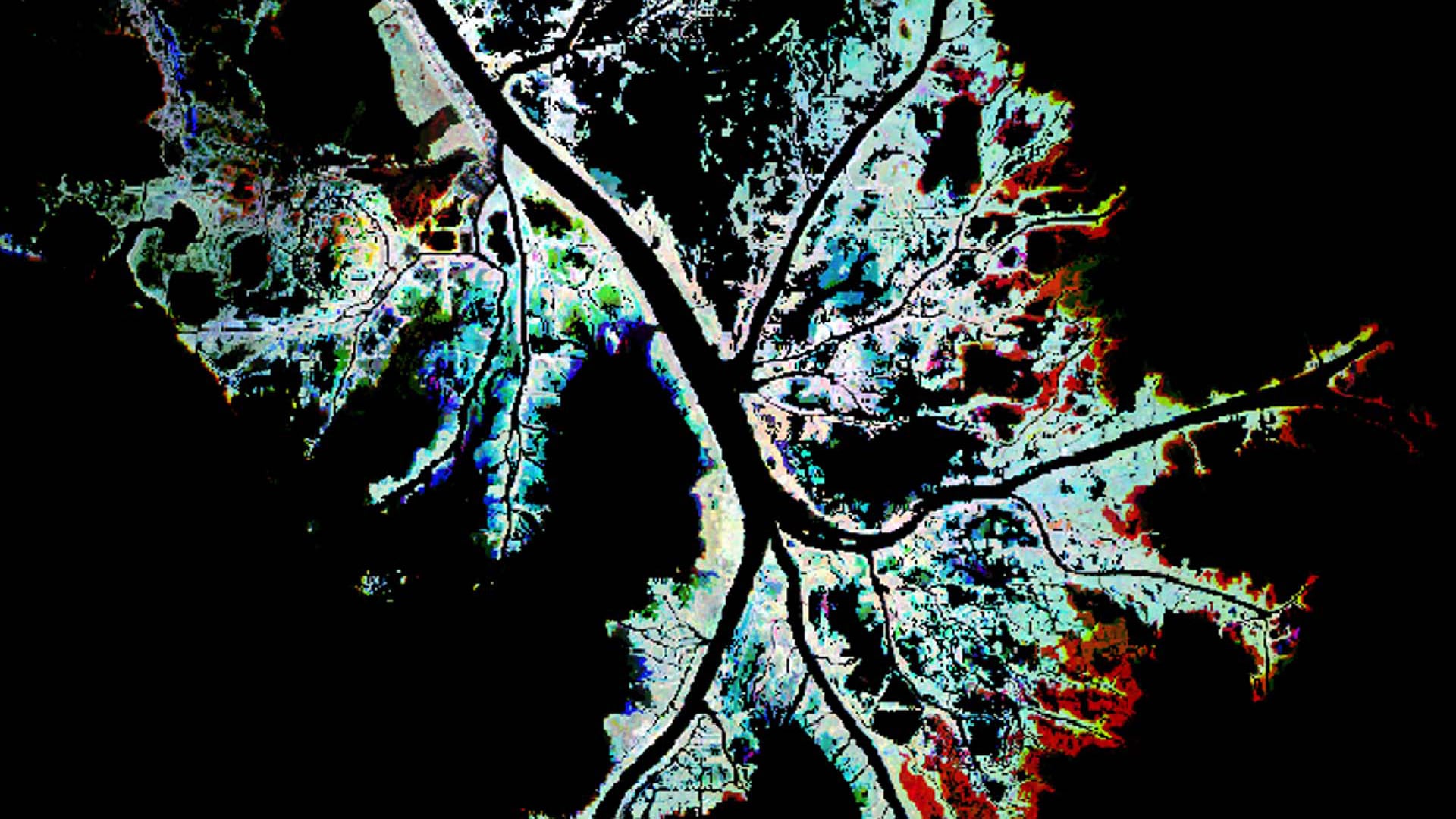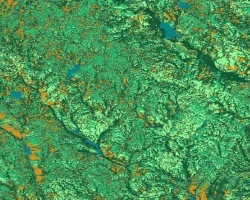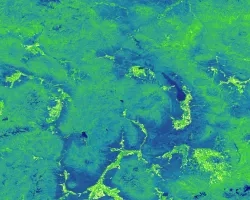
The Roseau cane mealy bug (Nipponaclerda biwakoensis) is an invasive scale insect discovered in the United States during the 2016-2017 die-offs of Roseau cane (Phragmites australis) in the Mississippi River Delta, Plaquemines Parish, LA. Roseau cane stabilize sediment, protect against wave-action and storm surge, and provide critical habitat to wildlife. Roseau cane is the dominant vegetation type in the Mississippi River Delta and its loss will affect coastal marsh extent, shipping interests in the Mississippi River, and property owners along the lower Mississippi River Delta. The NASA DEVELOP Louisiana Ecological Forecasting team partnered with the National Wildlife Federation to use NASA Earth observations, Landsat 5 Thematic Mapper (TM) and Landsat 8 Operational Land Imager (OLI), to monitor and assess the history of Roseau cane die-offs. These data, along with in situ observations from the Coastwide Reference Monitoring System (CRMS) stations and the National Agricultural Imagery Program (NAIP) imagery, were input into the Software for Assisted Habitat Modeling (SAHM) model to forecast and predict the vegetative health of the marsh out to 2030. The NDVI maps created assessed yearly changes and overall trends throughout the study period to identify areas of the marsh most impacted by major disturbance events (e.g. hurricanes) elucidating critical areas of interest for mitigation and restoration planning. Modeling with SAHM indicated a continued threat to Roseau cane stands through 2030 as overall marsh health continues to decline and relative sea-level rise (RSLR) coupled with subsidence continues to raise water levels and increase saline conditions for marsh plants.



